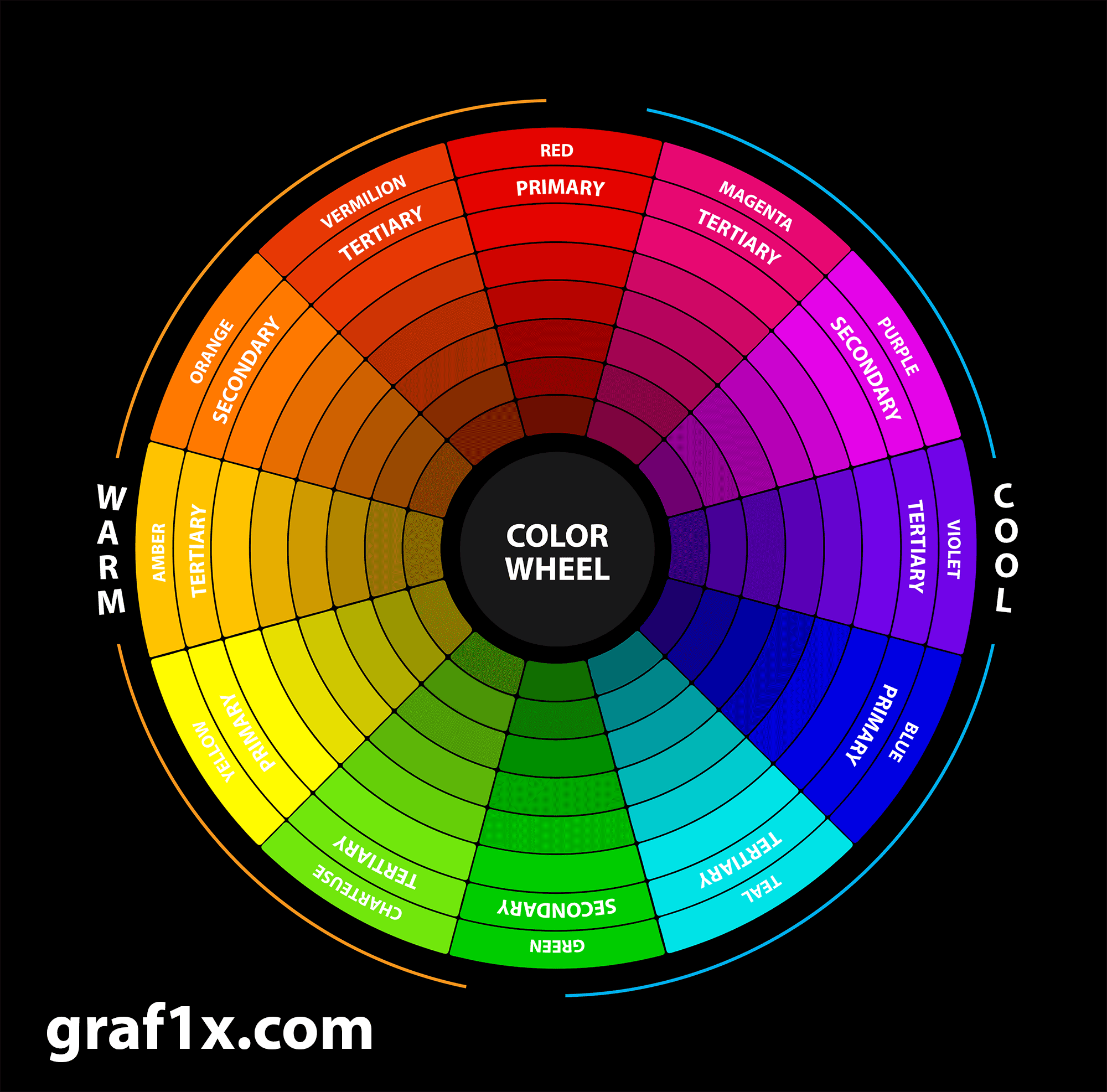 Colors are an integral part of our lives, influencing our emotions, perceptions, and even our decisions. Behind the seemingly simple act of seeing a color lies a complex realm known as color theory – a captivating blend of science and art that explores how colors interact, combine, and evoke various responses. In this article, we embark on a journey to uncover the intricacies of color theory and its profound impact on design, art, psychology, and beyond.
Colors are an integral part of our lives, influencing our emotions, perceptions, and even our decisions. Behind the seemingly simple act of seeing a color lies a complex realm known as color theory – a captivating blend of science and art that explores how colors interact, combine, and evoke various responses. In this article, we embark on a journey to uncover the intricacies of color theory and its profound impact on design, art, psychology, and beyond.
The Foundation of Color Theory
At its core, color theory seeks to understand the relationships between colors and how they can be combined to create aesthetically pleasing and harmonious compositions. This theory has its roots in the 18th century, with prominent figures like Isaac Newton making groundbreaking discoveries about light, optics, and the color spectrum.
The Color Wheel: A Fundamental Tool
One of the cornerstones of color theory is the color wheel. This circular arrangement of colors organizes them in a way that visually demonstrates their relationships. The primary colors – red, blue, and yellow – form the basis for all other colors, while secondary colors like green, orange, and purple are created by mixing primary colors. Tertiary colors emerge from combining primary and secondary colors.
Understanding Color Harmonies
Color harmony is the art of combining colors in a way that is visually appealing and balanced. There are several color harmonies that have been identified, each with its own unique impact:
- Complementary: Colors that are directly opposite each other on the color wheel, such as red and green or blue and orange, create a high-contrast, vibrant effect.
- Analogous: Analogous colors are situated next to each other on the color wheel, like blue, blue-green, and green. These harmonies offer a sense of unity and soothing transitions.
- Triadic: A triadic harmony involves selecting three colors that are equidistant from each other on the color wheel, forming an equilateral triangle. This creates a balanced and dynamic composition.
- Monochromatic: This harmony uses variations of a single color by altering its value (lightness or darkness) and saturation (intensity). It results in a cohesive and sophisticated look.
Color’s Psychological Impact
Beyond aesthetics, color theory delves into the psychological effects of colors on human emotions and behavior. Different colors have been found to evoke specific feelings:
- Red: Associated with passion, energy, and urgency. It can also symbolize danger or excitement.
- Blue: Evokes a sense of calm, trust, and professionalism. It is often used in corporate settings.
- Yellow: Radiates happiness, positivity, and warmth. It can also grab attention and stimulate creativity.
- Green: Symbolizes growth, harmony, and nature. It’s often linked to relaxation and balance.
- Purple: Represents luxury, creativity, and spirituality. It can also convey a sense of mystery.
- Orange: Energetic and playful, orange combines the vitality of red with the cheerfulness of yellow.
Applications of Color Theory
Color theory’s influence extends across various domains, including:
- Graphic Design: Designers use color theory to create eye-catching visuals, convey messages, and establish brand identities.
- Interior Design: Colors can affect the perception of space and mood within a room. Designers use color theory to create desired atmospheres.
- Fashion: Color choices in clothing communicate personal style, emotions, and cultural symbolism.
- Fine Arts: Painters, photographers, and other artists utilize color theory to convey emotions, create visual impact, and guide the viewer’s gaze.
In Conclusion
Color theory is a rich tapestry that weaves together science, art, psychology, and culture. It shapes how we perceive the world, make choices, and interpret our surroundings. Whether you’re designing a logo, painting a masterpiece, or simply choosing an outfit, an understanding of color theory empowers you to harness the profound influence of colors and create compositions that resonate on multiple levels – both visually and emotionally. So, the next time you admire a breathtaking sunset or select a color palette for a project, remember the intricate interplay of color theory that’s at play, transforming the ordinary into the extraordinary.